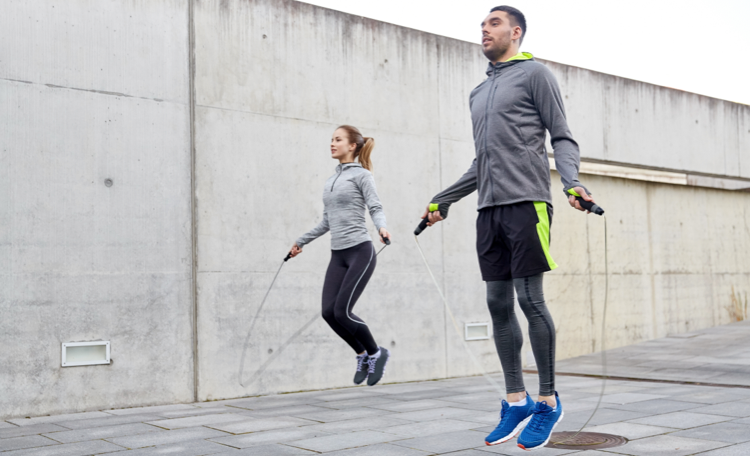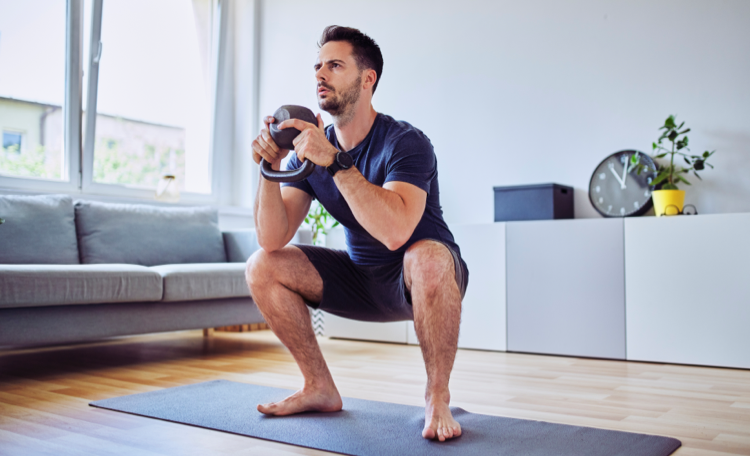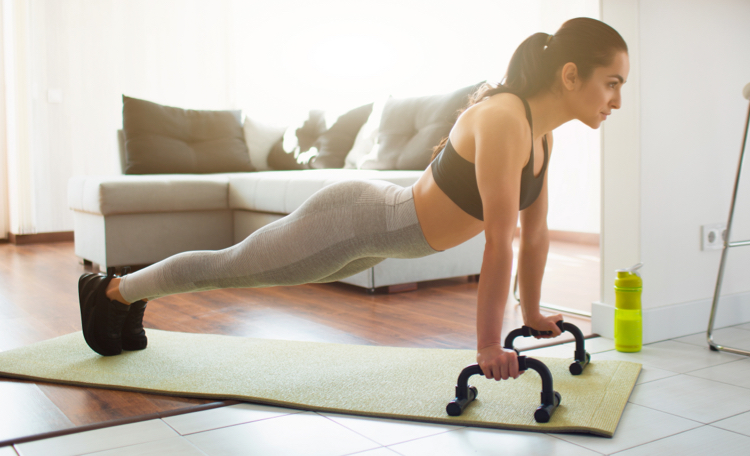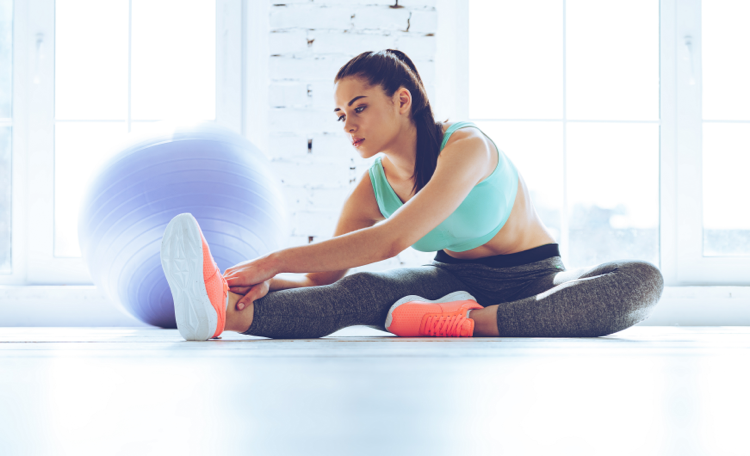SSS Team, SSSPORTS.COM

This new year you promised yourself to work out and smash those fitness goals. You bought that fancy 1-litre water bottle, new clothes and kicks and even signed up at a gym! But it’s been 3 weeks since your resolutions, the clothes still have the tags on them and that 1-litre bottle, is well, somewhere.
We often assume that working out involves a pricey gym membership, but on the contrary, with a little creativity, you can find new ways to exercise at home on a budget.
Here are a few ways to get started without burning a hole in your wallet.

While on-the-spot jogging and jumping jacks are a great way to get in some cardio when at home, use a jump rope to spruce up your cardio game. Surprisingly, jump or skipping ropes can burn 10 calories in a minute while also strengthening your legs, butt, shoulders, belly and arms. On average, you can burn 200 calories in 10 minutes sessions each day, making it more effective than brisk walking. Make sure you warm-up for 5-10 minutes before jumping rope, wear shock-absorbing shoes and for the women, a supportive sports bra is a must.

Squats aren’t just for athletes, they’re for everyone. A great way to tone your lower body, squats target your glutes and quadriceps and also strengthen your tendons, bones and ligaments around the leg muscles. In addition, it takes some of the weight off your knees and ankles, stabilizing them. As you age your tendons, muscles, and ligaments become less elastic, however, regular squats can slow down this process while improving your balance and posture. If you’re looking to build muscle and gain some serious lean mass, adding a kettlebell to your squat routine helps the process. You can start with a sumo squat, move on to a goblet squat and double front rack squat, and eventually work your way to a pistol squat.

Strength training doesn’t just help you get strong and feel sturdy, it’s also good for heart health, can lower cholesterol, helps with posture and keeps your metabolism going. While all the heavy-duty gym machinery can help with strength training, building strength can be done at home too with a few basics.
Engaging in push-ups and pull-ups covers the whole of your upper body. Using push-up bars or handles can help with training your chest, shoulder, triceps and core while a simple pull-up bar can help you work your lats, mid-back, rear delts, biceps, forearms and core.
Dumbbells are another great way to build strength. They target specific muscles – work the pecs harder, helps increase coordination and helps you gain strength. Remember to start training light with dumbbells with a few reps, and gradually increasing both over weeks.
If you’re brand new to strength training, exercising with resistance bands may be a great way to get the process started. Training with elastic bands activates the core for balance, improved strength and athletic performance but with a lower amount of force to the joints, reducing the chance of an injury.

Stretching isn’t only for runners or gymnasts, but everyone. The key to any workout is stretching before and after exercising. It keeps muscles flexible, strong and healthy, and helps maintain a range of motion in the joints. A great way to stretch is via yoga. It encourages better circulation of blood throughout the body, is a great antidote to stress and improves posture.
Exercising should help alleviate stress, not cause it. Fitness results can be achieved with a practical routine, in a minimal space and with cost-effective equipment; the key is to find your balance within these 3 components. Once you’ve figured it out, there’s no stopping you.
Share your fitness journey with us on Instagram @sunsandsports and download our app on the App Store or Google Play for the latest updates.
*We recommend checking with your doctor before beginning any exercise or yoga routine.